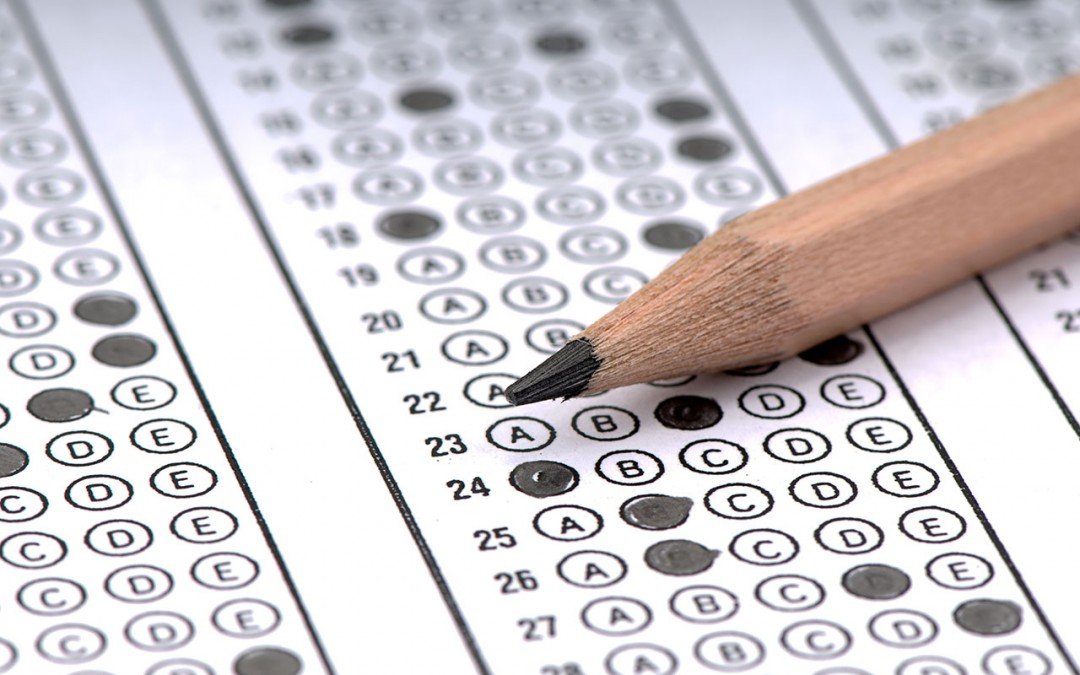Using Your PSAT Score Report for Planning
Each year, tens of thousands of students take the PSAT exam at high schools across the United States. The PSAT is not used by colleges in the admission process, but the results can help you better understand your academic strengths and weaknesses and suggest the skills you should focus on in preparing for college entrance exams. Students who took the PSAT in October should have access to their report now.
“Your PSAT score report is an invaluable jumping-off point for your SAT studies.”
Your score report will show both the average scores earned by test takers in specific grade levels across the U.S. and your own individual scores on the reading & writing section and on the math portion. Your raw scores for each section have been converted to a score table that ranges from 160-760 to allow for differences between alternate versions of this exam. The scores are also reported in terms of percentile rank. Your percentile rank on a specific section represents the percentage of student test takers whose scores fell at or below your score. Therefore, a score rank at the 75th percentile indicates that you scored the same or better than 75% of test takers in your grade level. Benchmarks are also provided to help you identify areas in which your skills are “college ready” as well as those needing more work.
The real value in the PSAT, however, is that it can provide you with a guide to your academic strengths and weaknesses. Review the individual sections of the report and look at the types of questions that you answered both correctly and incorrectly. If you are a 10th grader taking geometry, don’t worry if you missed several geometry questions, since the test was given early in your course. If you have completed geometry and still missed several questions in this area, you’ll want to spend more time reviewing this material before taking your SAT or ACT. A reading and writing section score below the benchmark for college readiness should serve as a wake-up call ‒ you really need to increase the time you spend reading for pleasure. Discuss your score report with your counselor/advisor for specific suggestions to improve your performance. They can also guide you on a testing plan based on your performance and college list. Test-optional admission also factors into your individual plan.
As you review your PSAT scores and think about future SAT scores, keep in mind that test scores, while important, never trump grades when it comes to college admission. So, high PSAT scores that lead to high SAT scores are not a replacement for a consistently good academic performance.
For more tips, we suggest reading this great article from US News & World Report: “Using your PSAT Score for SAT Strategy.”

